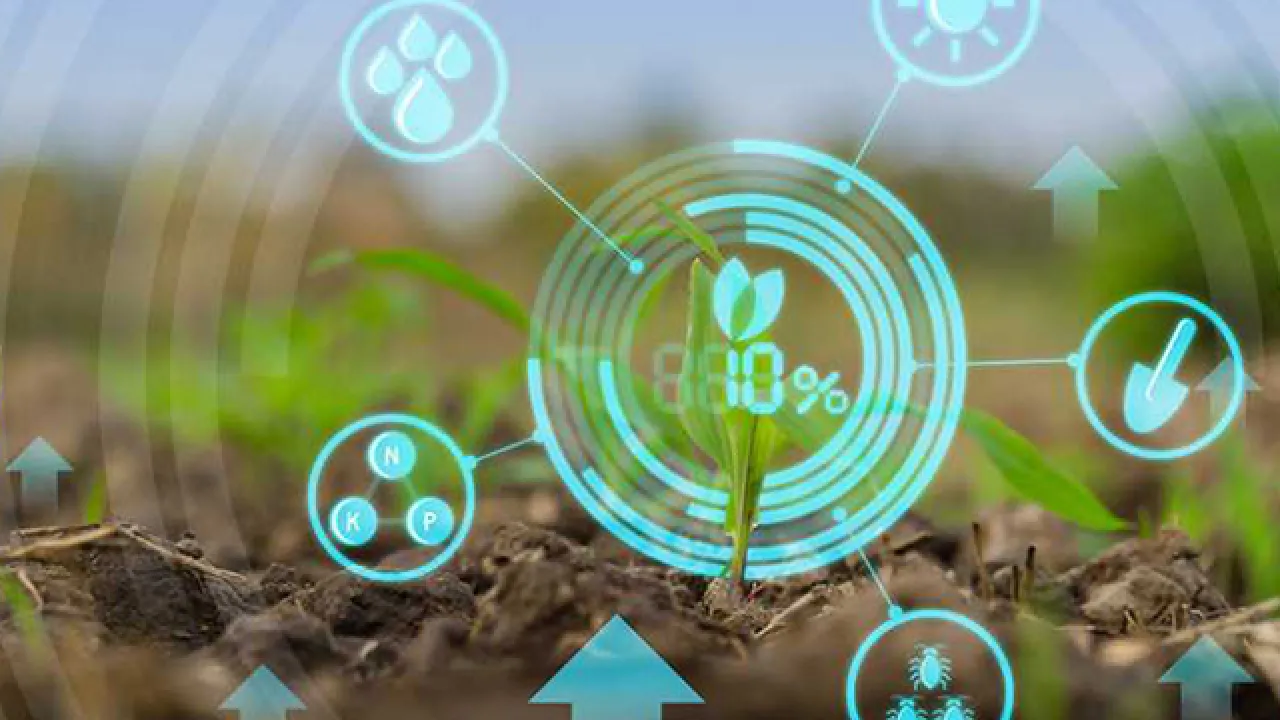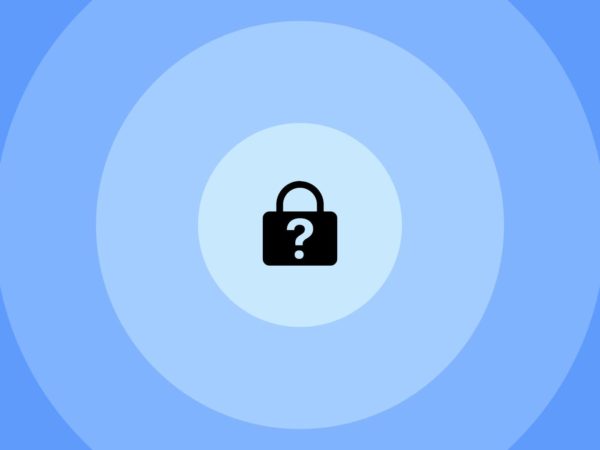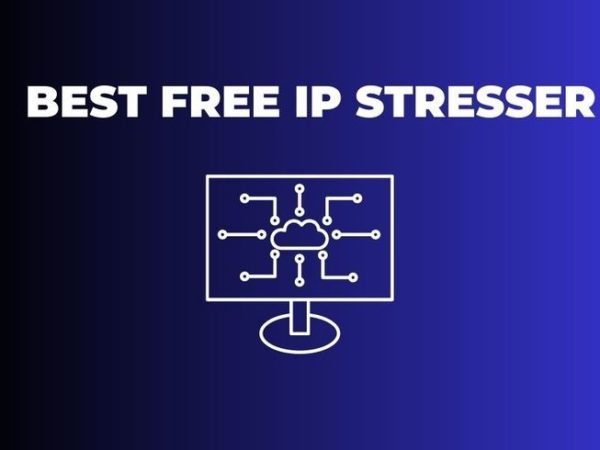Precision agriculture has revolutionized how farming is conducted by leveraging the power of IoT solutions in smart farming. With the ability to collect, analyze, and utilize real-time data, precision agriculture optimizes farming practices, maximizes productivity, and minimizes environmental impact. This blog will explore the methods, advantages, and examples of precision agriculture with IoT, highlighting its transformative potential in the agricultural industry.
Understanding Precision Agriculture
Precision agriculture involves using advanced technologies to manage and monitor agricultural processes with precision and efficiency. It relies on data-driven decision-making to optimize resource utilization, increase crop yields, and enhance overall farm performance. At the core of precision agriculture lies the Internet of Things (IoT), a network of interconnected devices and sensors that enable real-time data collection, transmission, and analysis.
IoT solutions play a crucial role in smart farming by providing farmers with invaluable insights into their operations. These solutions encompass a wide range of technologies, such as sensors, drones, satellite imagery, and automated systems, which gather data on various aspects of farming, including soil conditions, crop health, weather patterns, and equipment performance. Farmers can make informed decisions and take proactive measures to address challenges and optimize their agricultural practices by leveraging IoT.
Methods and Technologies in Precision Agriculture
Precision agriculture utilizes several methods and technologies that integrate with IoT solutions to streamline farming processes. Remote sensing and satellite imagery enable farmers to monitor crop growth, detect nutrient deficiencies, and identify potential disease outbreaks from a bird’s-eye view. Sensor networks, including soil moisture and nutrient sensors, provide real-time data on soil conditions, enabling farmers to optimize irrigation and fertilization practices for better crop health and resource management.
Automated irrigation systems are another essential component of precision agriculture. These systems use IoT-enabled sensors to measure soil moisture levels and weather data, ensuring that crops receive the optimal amount of water. Farmers can avoid over-irrigation, conserve water resources, and reduce energy costs by delivering water precisely where and when it is needed.
Unmanned aerial vehicles (UAVs) or drones equipped with cameras and sensors are employed in precision agriculture for crop monitoring, mapping, and spraying. These drones capture high-resolution imagery and collect data on crop health, weed distribution, and pest infestations, allowing farmers to identify areas that require attention and implement targeted treatments efficiently.
Machine learning and artificial intelligence algorithms are integrated with IoT devices to analyze vast amounts of data collected from various sources. By applying predictive analytics, these technologies can identify patterns, make accurate forecasts, and provide actionable insights for optimizing farming practices, mitigating risks, and maximizing crop yields.
Advantages of Precision Agriculture with IoT
Precision agriculture with IoT offers numerous advantages, significantly impacting farming operations and overall agricultural sustainability.
1. Increased crop yields and improved productivity
By utilizing IoT solutions, farmers can precisely monitor and control environmental factors that affect crop growth, such as irrigation, nutrient levels, and pest management. This optimization increases yields, improves crop quality, and enhances overall productivity.
2. Optimal use of resources
IoT-enabled systems provide real-time data on soil moisture, nutrient levels, and weather conditions. This information allows farmers to apply inputs, such as water, fertilizers, and pesticides, more efficiently, minimizing waste and reducing costs.
3. Enhanced crop quality and reduced wastage
With IoT devices and sensors continuously monitoring crop health, farmers can identify and address issues promptly. They can prevent crop diseases, optimize harvesting time, and reduce post-harvest losses by taking proactive measures.
4. Cost savings and improved profitability for farmers
Precision agriculture helps farmers reduce input costs by precisely applying resources based on data-driven insights. Farmers can achieve cost savings and improved profitability by optimizing resource utilization and minimizing wastage. With better control over inputs and higher crop yields, farmers can maximize their return on investment and ensure long-term sustainability.
5. Environmental sustainability and reduced ecological footprint
Precision agriculture promotes sustainable farming practices by minimizing the use of resources and reducing environmental impact. By optimizing water usage, reducing chemical applications, and implementing targeted interventions, farmers can contribute to conserving natural resources and protecting the environment.
6. Real-time monitoring and proactive decision-making
IoT solutions provide real-time monitoring of crop conditions, weather patterns, and equipment performance. This allows farmers to make proactive decisions and immediately respond to changing circumstances. By staying ahead of potential challenges and leveraging data-driven insights, farmers can mitigate risks and optimize their farming operations effectively.
Examples of Precision Agriculture with IoT
Smart greenhouse systems: IoT-enabled greenhouse systems integrate sensors, climate control systems, and automated irrigation to create a controlled environment for optimal crop growth. These systems monitor and adjust temperature, humidity, light levels, and irrigation, ensuring optimal conditions for plants throughout their growth cycle.
1. Precision livestock farming
IoT solutions are used in livestock farming to monitor animal health, behavior, and well-being. Sensors attached to animals collect data on factors such as body temperature, activity levels, and feeding patterns, allowing farmers to detect early signs of illness, optimize feed management, and improve animal welfare.
2. Precision irrigation systems
IoT-based precision irrigation systems employ sensors and weather data to deliver the right amount of water precisely where it is needed. By continuously monitoring soil moisture levels and weather conditions, these systems enable farmers to conserve water, prevent over-irrigation, and optimize water usage for different crop types.
3. Crop health monitoring using IoT sensors and drones
Sensors and drones equipped with multispectral cameras capture detailed imagery of crops, detecting signs of stress, nutrient deficiencies, or pest infestations. This information helps farmers identify specific areas that require attention and implement targeted interventions, reducing the need for widespread chemical applications.
4. Smart pest management
IoT-based pest management systems utilize real-time data from sensors, weather stations, and pest traps to monitor pest activity and predict outbreaks. By analyzing data patterns, farmers can implement preventive measures, such as targeted spraying or the release of beneficial insects, minimizing the use of pesticides and reducing the impact on beneficial organisms.
Conclusion
Precision agriculture with IoT has revolutionized farming practices, offering unprecedented control, efficiency, and sustainability. By leveraging IoT solutions, farmers can optimize resource utilization, increase crop yields, reduce environmental impact, and improve overall profitability. With technologies like remote sensing, sensor networks, automated systems, and machine learning algorithms, precision agriculture is transforming the agricultural industry.
With ongoing advancements in IoT technologies and AI and data analytics integration, the potential for further innovation and optimization in precision agriculture is immense. Farmers who embrace IoT solutions gain access to real-time data, enabling data-driven decision-making and proactive measures. The examples above demonstrate the practical application of precision agriculture in various farming scenarios.
FAQs
What is the role of IoT in precision agriculture?
IoT plays a crucial role in precision agriculture by providing real-time data on various aspects of farming, such as soil conditions, crop health, weather patterns, and equipment performance. This data enables farmers to make informed decisions, optimize resource utilization, and implement proactive measures for better crop management and increased productivity.
How can precision agriculture with IoT benefit farmers?
Precision agriculture with IoT offers several benefits to farmers, including increased crop yields, optimal resource utilization, enhanced crop quality, cost savings, improved profitability, environmental sustainability, and real-time monitoring for proactive decision-making.
Are there any risks or challenges associated with adopting IoT in farming?
While IoT offers significant advantages, there are challenges to consider, such as data security and privacy concerns, the initial investment required for implementing IoT infrastructure, and the need for adequate training and technical expertise. It is important for farmers to carefully evaluate and address these challenges to ensure the successful implementation and operation of IoT solutions in their farming practices.
What are some popular IoT platforms and devices used in precision agriculture?
Several popular IoT platforms and devices are used in precision agriculture, including FarmBeats, AgSense, CropX, and The Yield. These platforms offer a range of features such as data collection, analytics, and farm management tools, while devices like soil moisture sensors, weather stations, drones, and smart irrigation systems are commonly used to collect data and enable precise monitoring and control.
Can precision agriculture and IoT be applied to small-scale farming operations?
Yes, precision agriculture and IoT can also be applied to small-scale farming operations. While the scale may differ, the principles and benefits remain the same. IoT-enabled sensors, devices, and platforms can be adapted to fit the needs and resources of small-scale farms, providing valuable data and insights for better decision-making, resource optimization, and improved productivity.




